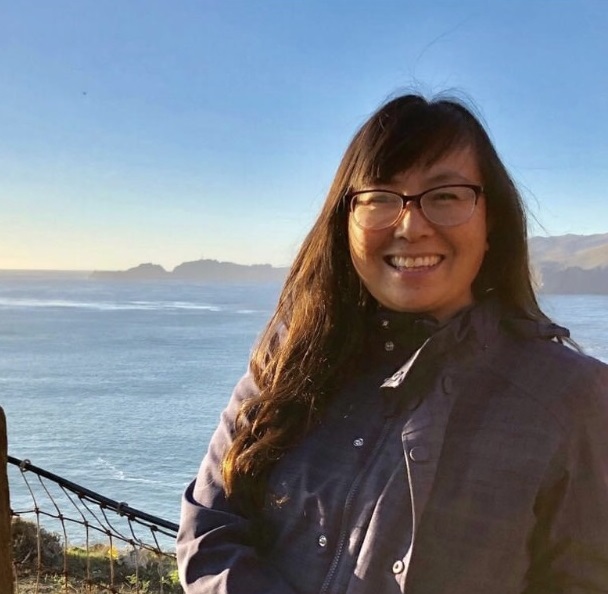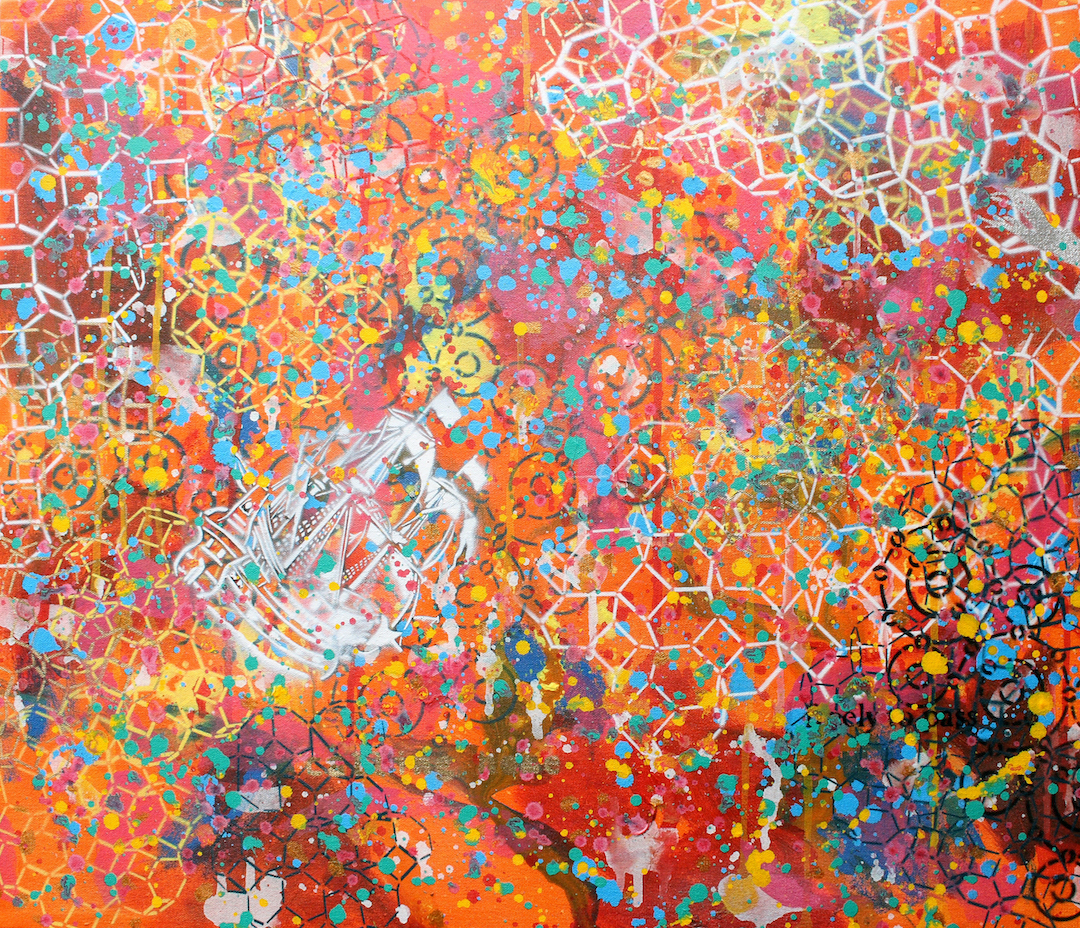Pamela Ybañez
Contemporary Filipino American Art Exhibition
 Website:
Website:
Biography:
Pamela Ybañez is a Bay Area based artist. Her artwork incorporates personal and social investigations as a way to discuss inequalities, social hierarchies and as a way to strengthen her connection to her homeland. Examining how class and race affects different groups of people in similar and different ways, she examines her own history of migration, when they were allowed to come here, and how her being in this country relates to the Civil Rights Movement. Understanding that solidarity is key as she tries to comprehend what true liberation can be. Ultimately all her investigations lead her to systems of power and that the American idea of freedom is only for some and not for all people.
In the past few years she’s been learning about the awe-inspiring history of weaving in the Philippines and how it has been passed on generationally. Her goal as an artist is to explore how we are woven, unwoven, and how we can connect more constructively with our communities and ourselves. It is this transformative desire to connect and this process of discovery that drives her art.
Pamela Ybañez is a recipient of the Center for Cultural Innovation Quick Grant and was an Artist in Residence at Kala Art Institute summer of 2022. She has exhibited her work nationwide including at Hallwalls, Site:Brooklyn, East Hawaii Cultural Center, and Kearny Street Workshop. In 2003 she received her MFA from the University of Buffalo with a BA from the University of Hawaii at Hilo. She served as an adjunct instructor at Villa Maria College and SUNY at Brockport. Currently Pamela is a founding member of a Filipina/o/x artists collective in the Bay Area called Epekto Art Projects and is also a member of Rock Paper Scissors Collective.
The three paintings below are from a series created in reference to the long historical relationship between the Philippines and the United States that began in the mid 1500's. The first record of Filipino people in North America served as navigators and slaves onboard Spanish galleon ships which landed in Morro Bay, California in 1587. The first Filipino settlement in the U.S. was in 1763 in the bayous of what is now known as Louisiana.



My latest series, “Patterns of Mending,” is the result of a deep-dive into the rich and complex patterns found in indigenous tribes in Mindanao (such as Bagobo, Mandaya, Kulaman, and Bila-an), located in the Southern Philippines. Having been born in Davao (though not part of an indigenous tribe), I was inspired in coming across beautiful textile patterns from the Philippines. I combine traditional textile patterns with tools I am familiar with, including drawing, heat embossing, and printing to create a new path and connection in my artistic practice. As a Filipina American, the process of studying the diverse peoples and textiles from my homeland has instilled a pride in where I came from, providing a rich resource in battling colonialism and racist ideologies. We must know where we come from to truly move forward.






